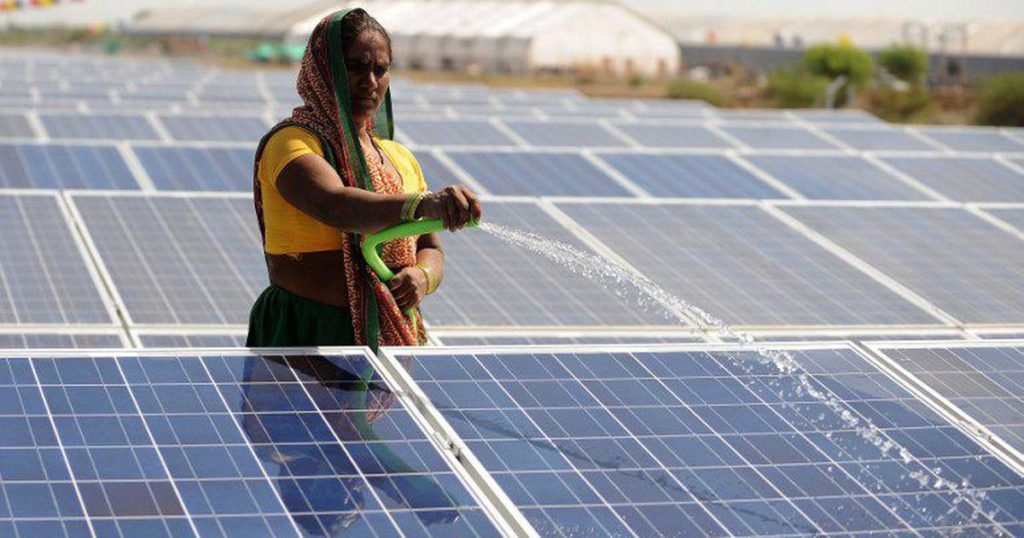The safeguard duty India imposed on solar cells and modules coming from China and Malaysia, which enjoyed 85-90% market share in the country, is just a few months away from completing its two-year course, and the government may have a tough time deciding whether to extend it or not.
The safeguard duty imposed in July 2018 was pegged at 25% for the first year, 20% for the next six months, and 15% for the last six months ending in July this year.
Under WTO rules, such duty can be imposed for a maximum of four years to protect domestic industry but it has to be progressively lowered.
But the question is has the duty done local manufacturing any good?
Industry insiders maintain that hardly any local manufacturing unit has been started since the duty was imposed. They claim that the few new solar manufacturing units which have been set up were mainly driven by other long-term considerations, and that the duration for which the duty was announced was too short for them to make such a major financial commitment based on just this concession.
The solar cell manufacturing capacity today stands at 2GW and has remained unchanged through the course of the duty. The operational solar module capacity today is 6.5GW has increased by 2GW over the past year.
Utility scale projects continue to rely on imported modules for more than 80% of their requirements. Demand for domestic modules mostly comes from the rooftop solar business.
Many of the smaller retail level players prefer to buy domestic modules because they need quick shipments and don’t want to take exchange rate risk etc. If they place an order, they want equipment in two weeks’ time rather than wait for three months.
While safeguard duty was applicable only on cells and modules imported from China and Malaysia, customs duty which was proposed at 20% in this years budget will apply to all imports and may even be applicable on units domestic manufacturers have located in special economic zones (SEZs).
The industry feels that the larger ecosystem around manufacturing needs to be examined, and not just the extension of the safeguard duty, because India has set a target of achieving 100GW of solar power by 2022.
Reference- Economic Times, livemint, Mercom India











